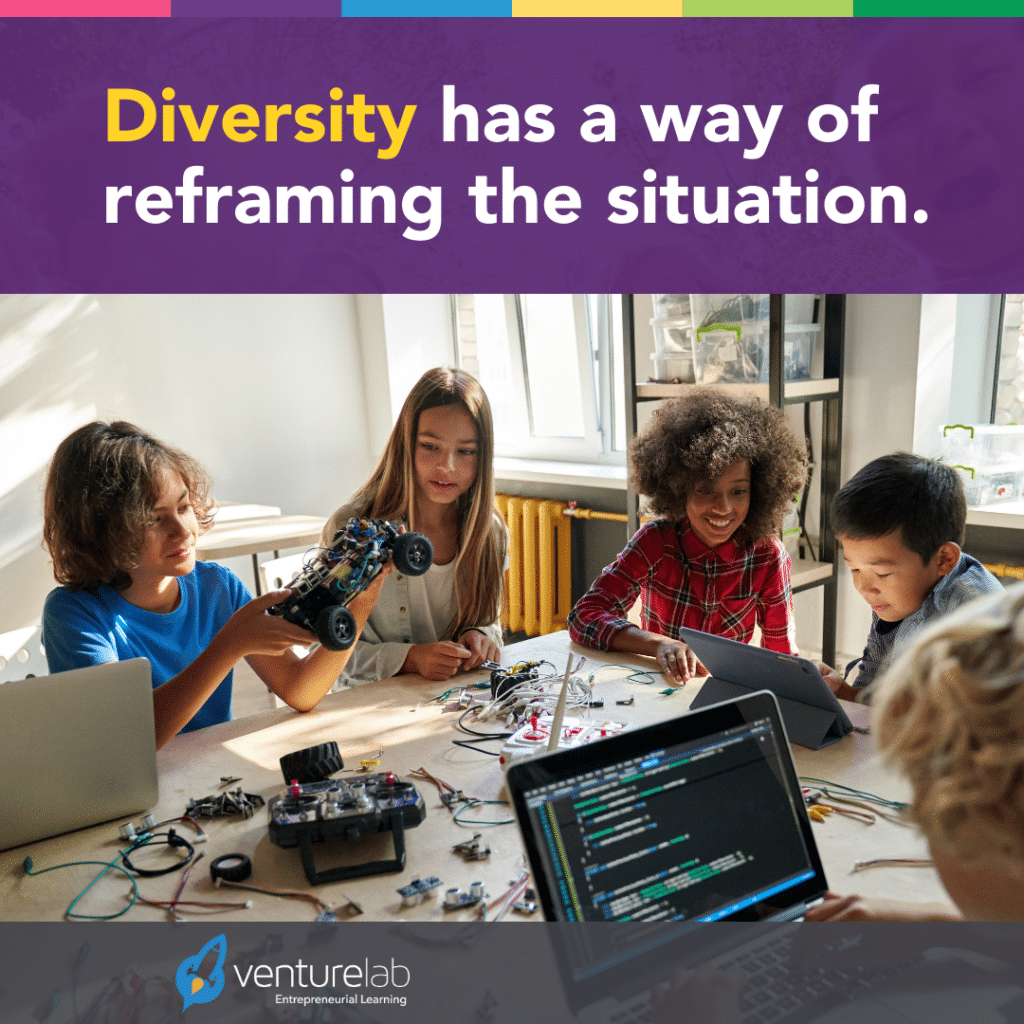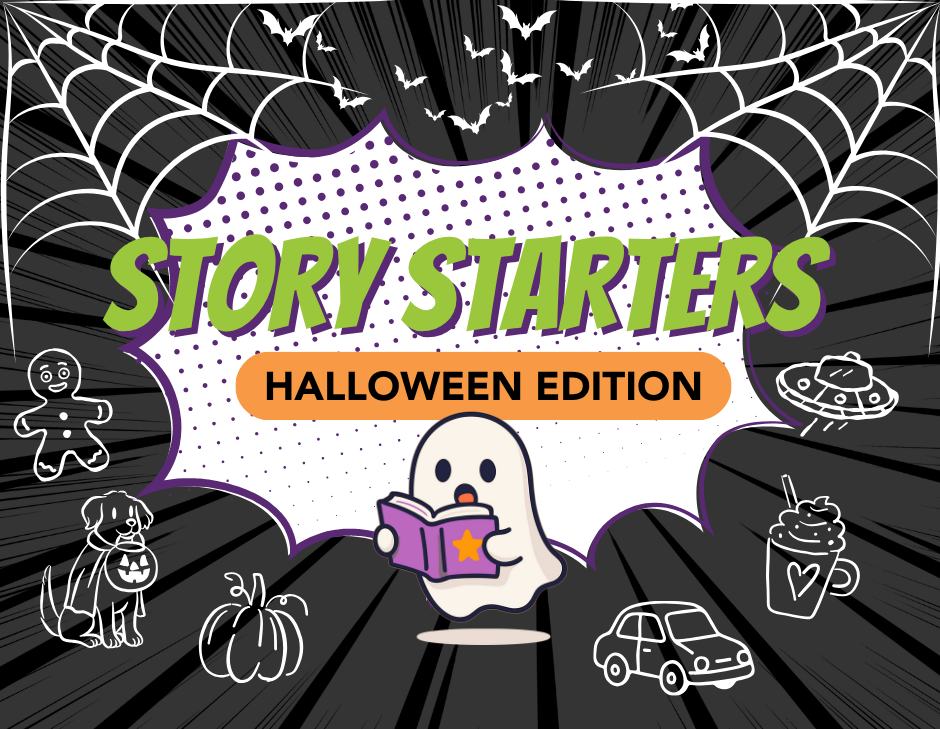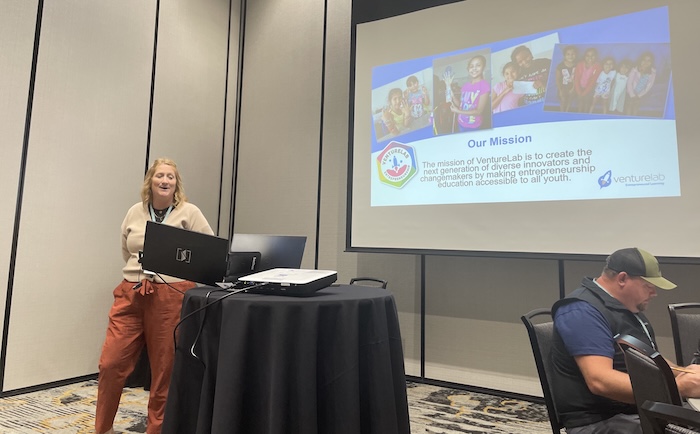
Diversity: Our National Imperative
Dr. Cristal Glangchai |
December 8, 2017

Our nation’s future global economic leadership calls for an audacious goal: that entrepreneurial life skills become a core competence of Americans.
Instilling grit to persevere and fail wisely builds resilience, for individuals, for our economy, and for our society. Our national interest is best served for all schoolchildren—girls and boys—to learn basic lifelong entrepreneurial skills beginning in the early grades.
Many entrepreneurs are deemed successful by the amount of money that they make. But most women entrepreneurs I’ve interviewed are instead aiming for purpose, by making a living while doing something meaningful. “I don’t go after money. I go after whatever is in my heart,” says Sandy Bruni, cofounder of Mountain Magic, a holistic health products company.
Not every girl exposed to entrepreneurial thinking will become an entrepreneur. Most won’t, of course. But many will develop the curiosity, confidence, and growth mindset to pursue education and careers in ESTEAM (Entrepreneurship, Science, Technology, Engineering, the Arts, and Mathematics).
Maria Klawe is a global thought leader on increasing the participation of women and minorities STEAM. At Harvey Mudd College, Klawe is leading an institution that is making it happen. Women now constitute roughly half of all students.
While there are many reasons to support women in tough ESTEAM fields—including fairness and equal opportunities—Klawe is articulate on the value of diversity—not only gender, racial and ethnic, but diversity of all frames and perspectives. “With diversity, you get a lot more creativity and you get better solutions,” she says. “Ideas are tested across many different perspectives. At Harvey Mudd College now, we are much more richly diverse. We’ve had a lot of diversity programming over the last 15 years, and it wasn’t terribly successful for the first few years. But it’s been amazing in the past three years. We’re an institution in transition. We’re now roughly gender balanced and are starting to be racially representative of the country. Students of color want to know how they can contribute to positive change. We hear more often now in response to many types of ideas, it’s, ‘Yes, we could probably do that.’ I’m a huge believer in that if you have people who think differently from you for whatever reasons, you will get better results. Women come from different sets of experiences.”
We’ve seen that women hold only about 16% of board seats on the S&P 500. Even if corporations filled every future board seat vacancy with women, it would take at least a decade before women constituted half of the board seats. If women and men were named to boards in equal numbers, in 10 years women would hold only one third of board seats. At that rate women would be at parity in 2065. Today’s teenagers will be retiring then.

Why do we have to wait? As Klawe notes, companies with three or more females on the board are more effective. It isn’t that they are getting a female perspective; it’s that they are benefiting from the experiences and perspectives of women who have lived an array of very different lives than the predominantly white male directors.
Not long ago, Klawe’s grown daughter helped her analyze a thorny issue by applying a framework she’d learned in a negotiations project. “She walked me through a different way of thinking and moved me to a very different perspective in just an hour,” Klawe says. “Diversity had a way of reframing the situation.”
“Teams and organizations that are comprised of people with different backgrounds, temperaments and talents are more creative. That’s fact. They make better decisions, too,” says Michael Wheeler, who taught with Harvard’s Program on Negotiation, which Klawe’s daughter attended. “Maximizing that potential, however, requires that individuals in the group have confidence that they can safely advance ideas that others might regard as strange, irrelevant or even wrong.”
Whatever their ultimate calling, every girl can learn to uncover their inner strength, gain confidence, and develop a growth mindset—all crucial elements in ESTEAM learning. They’ll become a bit grittier, become wiser with failures, meet role models, cast themselves in new roles, and can imagine themselves building their outside-the-box ideas.
I’d love to hear your thoughts about the necessity for diversity in business, and how you think this will bear on creating stronger, more agile companies and organizations. The need to empower and educate tomorrow’s leaders despite their life circumstances led us to make our youth programs available to anyone, at NO cost.



